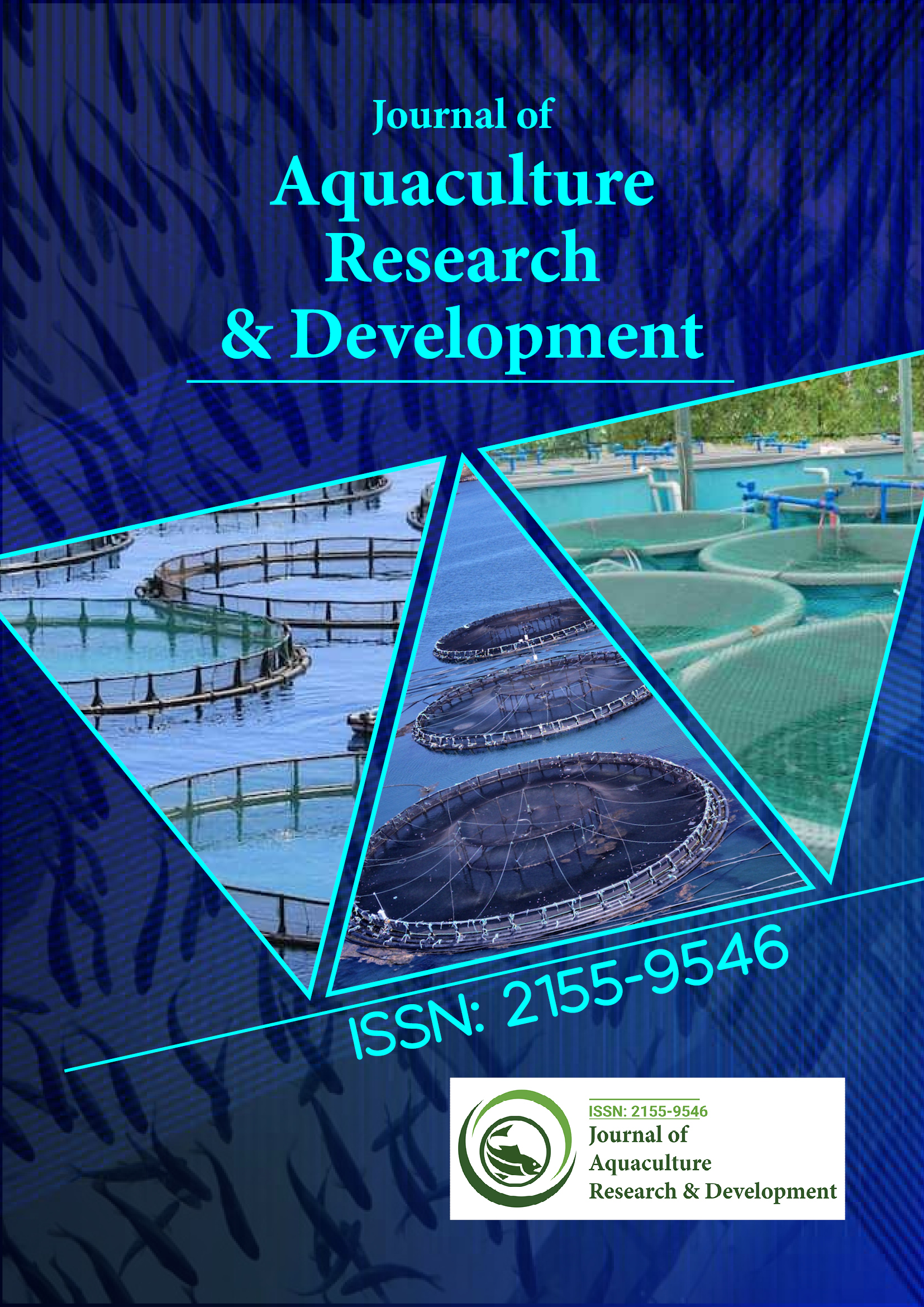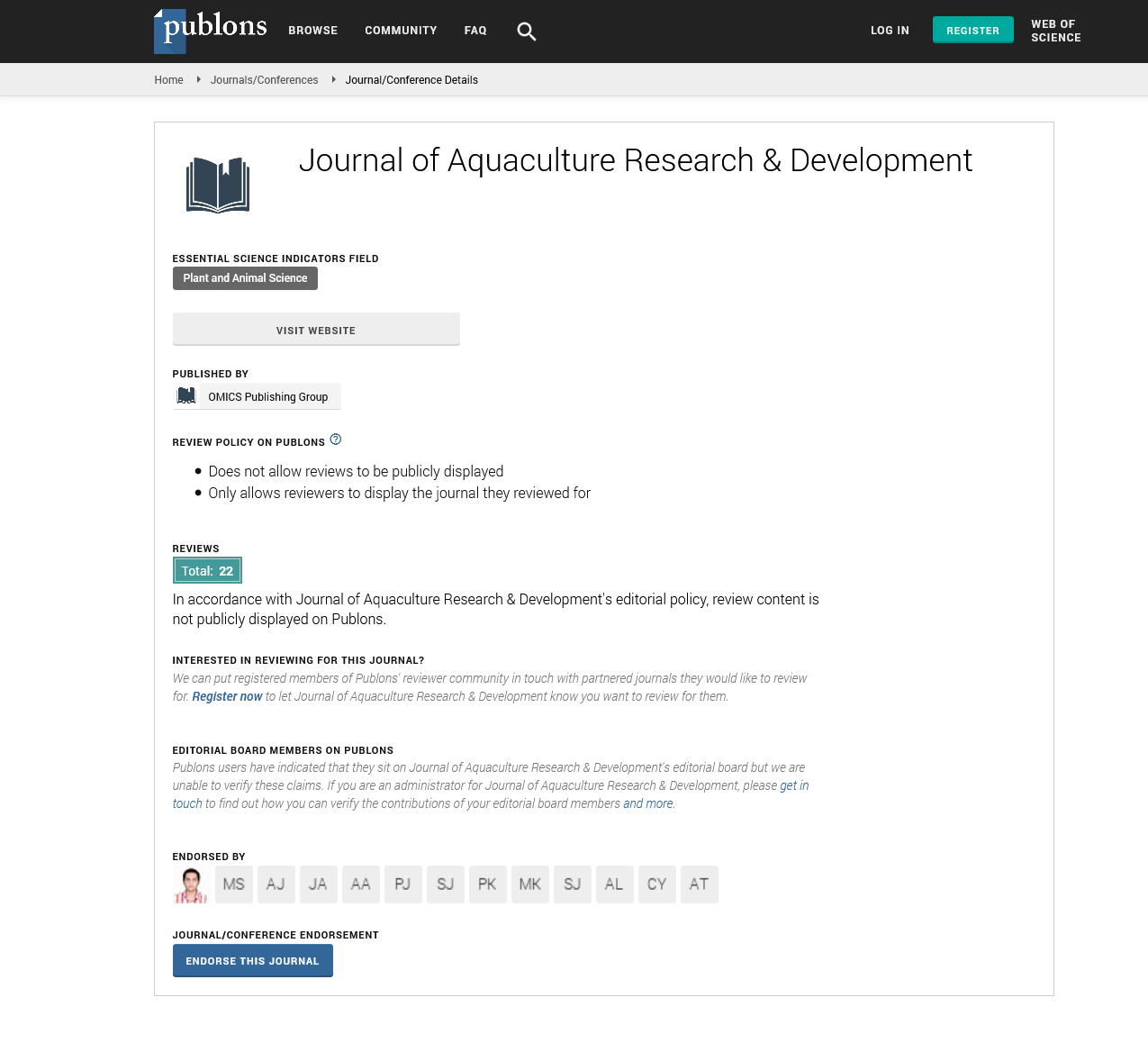Indexed In
- Online Access to Research in the Environment (OARE)
- Open J Gate
- Genamics JournalSeek
- JournalTOCs
- Scimago
- Ulrich's Periodicals Directory
- Access to Global Online Research in Agriculture (AGORA)
- Electronic Journals Library
- Centre for Agriculture and Biosciences International (CABI)
- RefSeek
- Directory of Research Journal Indexing (DRJI)
- Hamdard University
- EBSCO A-Z
- OCLC- WorldCat
- Scholarsteer
- SWB online catalog
- Virtual Library of Biology (vifabio)
- Publons
- MIAR
- University Grants Commission
- Euro Pub
- Google Scholar
Useful Links
Share This Page
Journal Flyer

Open Access Journals
- Agri and Aquaculture
- Biochemistry
- Bioinformatics & Systems Biology
- Business & Management
- Chemistry
- Clinical Sciences
- Engineering
- Food & Nutrition
- General Science
- Genetics & Molecular Biology
- Immunology & Microbiology
- Medical Sciences
- Neuroscience & Psychology
- Nursing & Health Care
- Pharmaceutical Sciences
Perspective - (2025) Volume 16, Issue 4
Advancing Research on Contaminant Exposure in Bivalve Species
Tonino Stabili*Received: 28-Mar-2025, Manuscript No. JARD-25-29670; Editor assigned: 01-Apr-2025, Pre QC No. JARD-25-29670 (PQ); Reviewed: 15-Apr-2025, QC No. JARD-25-29670; Revised: 22-Apr-2025, Manuscript No. JARD-25-29670 (R); Published: 29-Apr-2025, DOI: 10.35248/2155-9546.25.16.981
Description
Marine ecosystems across the world are experiencing growing pressures from pollutants, with microplastics emerging as one of the most persistent contaminants. Defined as plastic particles less than 5 mm in size, microplastics originate from multiple sources including degraded plastic waste, synthetic textiles and industrial processes. These particles have been documented in various marine organisms, but bivalve mollusks such as mussels, oysters and clams have become a primary focus for monitoring. Their filter-feeding behavior, sedentary lifestyle and commercial importance make them both effective bioindicators and an important concern for food safety.
Despite rapid progress in documenting the presence of microplastics in bivalves, the field remains fragmented. Studies differ in collection procedures, digestion methods, particle identification and reporting units. Such inconsistencies make comparisons across regions difficult, creating uncertainty about the global scale of microplastic contamination in bivalves. This underscores the need for developing standardized protocols that can ensure accuracy, comparability and reproducibility of results.
Microplastics and their sources
Microplastics are typically classified into two categories: primary and secondary. Primary microplastics are manufactured in small sizes for use in cosmetics, industrial abrasives and medical applications. Secondary microplastics arise from the breakdown of larger plastic items such as bags, bottles and fishing nets due to mechanical abrasion, UV radiation and biological degradation.
Bivalve mollusks, through their suspension feeding, can accumulate microplastics directly from the water column and indirectly from sediment resuspension. Their habitat in coastal zones, which often receive significant amounts of land-based waste, makes them particularly vulnerable. This has raised concerns not only for ecosystem integrity but also for human health, as bivalves are consumed whole without gut removal.
Bivalves as bioindicators
Bivalves are widely recognized as effective indicators of microplastic pollution because of their biology and ecology. Their feeding strategy allows them to filter large volumes of water daily, making them efficient accumulators of particles present in their environment. Their sessile nature means they reflect local pollution levels more reliably than mobile organisms. Furthermore, their global distribution and economic value allow for both local monitoring and global comparative studies.
Research has already shown measurable levels of microplastics in mussels collected from European waters, oysters from North America and clams from Asia. However, interpreting these findings across studies remains challenging due to the lack of methodological alignment.
Implications for ecosystem and human health
The presence of microplastics in bivalves raises questions about physiological stress, nutritional quality and potential toxicity. Laboratory studies indicate that exposure can impair feeding efficiency, reproduction and immune responses in mollusks. Microplastics may also act as vectors for chemical additives or microbial pathogens, introducing secondary risks.
From a human perspective, consumption of contaminated bivalves leads to direct ingestion of microplastics. Estimates suggest that regular shellfish consumers may ingest thousands of microplastic particles annually. While the health consequences remain uncertain, possible concerns include inflammation, oxidative stress and translocation of nanoparticles into tissues. Reliable global data on contamination levels are therefore essential for food safety assessments.
Examples of regional initiatives
Several regions have begun addressing microplastic standardization. In Europe, collaborative projects such as JPI Oceans have attempted to harmonize monitoring protocols across nations. The United States has introduced inter-agency efforts linking marine pollution with food safety. In Asia, research networks are expanding due to high levels of plastic leakage from coastal cities and rivers. However, these initiatives remain limited to specific regions and often focus on water and sediment rather than bivalves. Expanding these efforts to include standardized bivalve monitoring is essential.
Bivalve mollusks are at the center of growing attention regarding microplastic contamination due to their ecological role and importance in human diets. Research conducted worldwide has demonstrated that they consistently accumulate microplastics, but methodological differences have limited the reliability of global assessments. Standardized protocols are essential to overcome these challenges and to generate data that can inform conservation, aquaculture practices and food safety policies.
A unified framework for sampling, digestion, identification and reporting would strengthen scientific rigor, enable meaningful comparisons and enhance collaboration. With the increasing demand for sustainable seafood and growing awareness of marine plastic pollution, the scientific community has both the responsibility and the opportunity to advance a coordinated approach. By moving toward protocol standardization, researchers can ensure that future work not only documents contamination but also provides actionable insights for managing risks to ecosystems and human health.
Citation: Stabili T (2025). Advancing Research on Contaminant Exposure in Bivalve Species. J Aquac Res Dev. 16:981.
Copyright: © 2025 Stabili T. This is an open-access article distributed under the terms of the Creative Commons Attribution License, which permits unrestricted use, distribution, and reproduction in any medium, provided the original author and source are credited.

